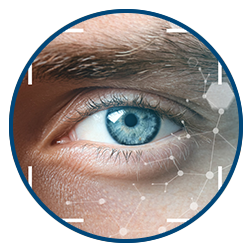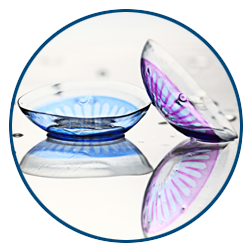The Ishihara test is a color perception test for red-green color deficiencies, the first in a class of successful color vision tests called pseudo-isochromatic plates (“PIP”). It was named after its designer, Shinobu Ishihara, a professor at the University of Tokyo, who first published his tests in 1917.

The test consists of a number of colored plates, called Ishihara plates, each of which contains a circle of dots appearing randomized in color and size. Within the pattern are dots which form a number or shape clearly visible to those with normal color vision, and invisible, or difficult to see, to those with a red-green color vision defect. Other plates are intentionally designed to reveal numbers only to those with a red-green color vision deficiency and be invisible to those with normal red-green color vision. The full test consists of 38 plates, but the existence of a severe deficiency is usually apparent after only a few plates. There are also Ishihara tests consisting of 10, 14 or 24 test plates.
Ishihara Color Test – This is the most common test for red-green color blindness. Our eye doctor will show you a series of colored circles, called Ishihara plates, each of which shows a collection of dots in different sizes and colors. A shape is displayed within each circle, which is clearly visible to people with normal color vision – but if you have red-green color blindness, you won’t be able to see it.







